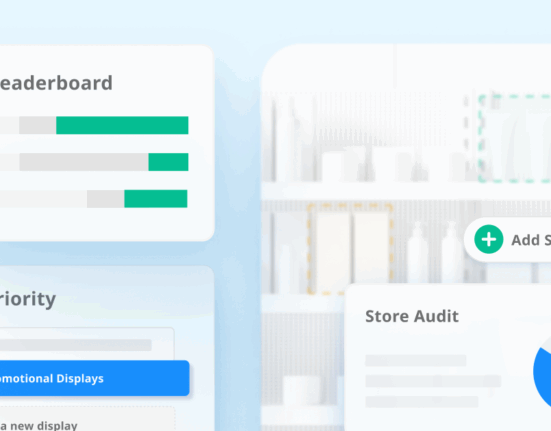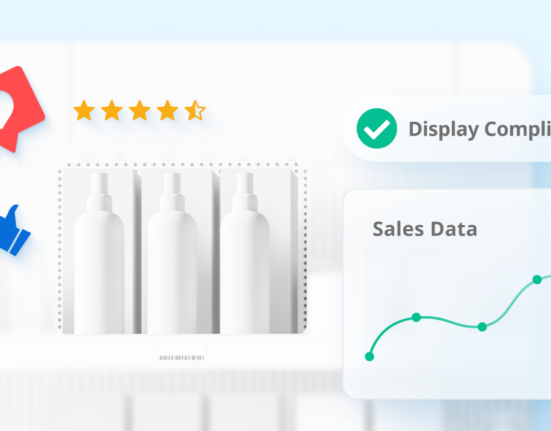If you’re a retailer, you’re probably used to small manufacturers reaching out to you to sell their products in your store. Many retailers often consider these requests to be burdensome, but really they are often gateways to incredibly valuable relationships. If the products sell well, you might have caught onto an incredible deal.
Now, of course, there are various conditions retailers and manufacturers alike have to consider. Retailers need to make a profit, but margins are highly dependent on the product’s category. This is largely due to the incredibly competitive nature of the retail industry.
In a price war, profits aren’t the only casualties. Manufacturers usually take a hit as well. Price has an incredible effect on brand value and when prices are slashed, they almost always negatively impact the consumer’s perception of that particular brand. Manufacturers are aware of this, and they have a solution to prevent incidents like this from occurring.
Price Wars are Lose-Lose Situations
Price wars may win you sales and improve your conversion rate, but ultimately you won’t make much profit. Drastically dropping your prices to compete is a shortcut that is incredibly harmful to your business. There are other ways to compete, they just take more time.
There’s no reason to take part in price warfare of any kind. Retailers need to stop and think of their bottom line before they partake in any out of the ordinary price cuts. While changing prices can help retailers take advantage of demand and competitor prices, constant price cuts won’t do any favors for your business. Price wars do more than just hurt your profits. The manufacturer is not only losing brand value, but it’s also losing future sales to other retailers. If the price of a product is incredibly low, other retailers are not going to bother purchasing it again. Customers are going to notice the price increase, and you might just lose a customer.
A Marked Boundary
While it might be tedious to lend an ear to manufacturers pitching you their product and MAP policy, retailers should seriously consider obeying the brand’s requests. Obeying MAP has two initial results that can benefit not only the manufacturer but the retailer as well.
First, retailers should know that MAP is uniform. Everyone shares the same price floor, which will halt price wars and keep one retailer from taking cheap shots at another. Instead of having it hold you back, MAP acts as an unspoken treaty between you and your competitor. Its uniformity can keep you certain that your competitor won’t violate it either.
Once you find the sweet spot for your pricing, you can easily rake in greater profits and sales. Not only that, but the relationship between you and your supplier will be stronger. Soon, you can leverage your good MAP track record to obtain products at a lower price, or receive discounts on wholesale items. This can only widen your margins further.
MAP Obedience is a Win-Win Situation
Obeying MAP policies benefits retailers and manufacturers alike. The manufacturer’s brand is upheld, and yours is as well. MAP also offers retailers a solid price floor, acting as a boundary between safe selling and risky price wars. It might seem like obeying MAP is doing the manufacturer a favor, but ultimately you’re helping yourself in the long run.
MAP policies can lead to valuable associations between retailers and manufacturers. But beyond that, it levels the retail playing field and can curb price wars. So the next time you’re getting sold on a manufacturer’s product and they mention their MAP policy, be sure to listen attentively. The benefits will outweigh the drawbacks, and will ultimately improve both brands in the long run.










3 Comments
Comments are closed.